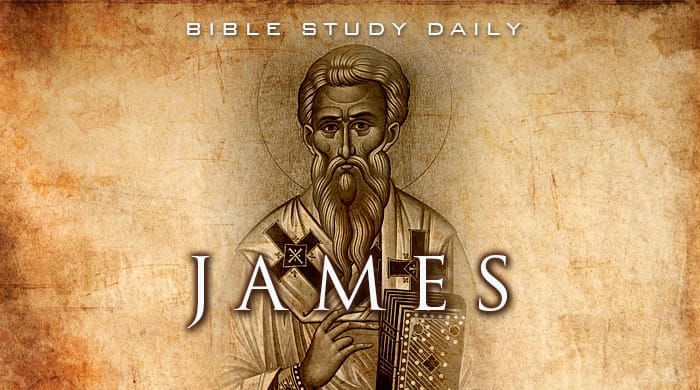James Patterson, a prolific author known for his engaging thrillers, explores complex human emotions in his works. In “Confessions of the Dead,” Patterson delves into the intertwined themes of redemption and guilt, creating a narrative that resonates with readers on multiple levels. This article aims to dissect these themes, providing insights into how they manifest within the story and their broader implications on human psychology and morality.
Understanding Redemption in “Confessions of the Dead”

Redemption is a powerful theme in literature, often representing the journey of a character seeking forgiveness or a chance to atone for past mistakes. In “Confessions of the Dead,” characters grapple with their past actions and the impact those actions have on their lives and the lives of others.
The Quest for Forgiveness
Throughout the novel, characters are faced with the need to seek forgiveness, whether from others or themselves. The protagonist’s journey is particularly illustrative. For instance:
- Character Backstories: Many characters have tumultuous pasts filled with regret, leading them to make choices that haunt them throughout the story.
- Self-Redemption: The protagonist often reflects on their past, seeking to make amends for their wrongdoings, which ultimately drives their actions in the present.
By presenting redemption as a multi-faceted theme, Patterson invites readers to consider the complexities of forgiveness and the emotional weight that comes with seeking it.
Acts of Redemption as Catalysts for Change

In “Confessions of the Dead,” acts of redemption serve as crucial turning points for characters. These moments not only alter the course of their lives but also impact those around them. For example:
- Character Transformations: Key characters undergo significant transformations as they confront their guilt and strive for redemption. These transformations are often portrayed through pivotal moments where they choose to act selflessly.
- Consequences of Redemption: The narrative illustrates that seeking redemption can lead to both positive and negative consequences, presenting a realistic portrayal of the moral complexities involved.
The Weight of Guilt: A Driving Force

Guilt is another prominent theme in “Confessions of the Dead,” acting as a driving force behind many characters’ motivations and decisions. The emotional burden of guilt often propels characters to confront their pasts and seek redemption.
The Psychological Impact of Guilt

The psychological consequences of guilt are vividly depicted in the novel. Characters experience a range of emotions, from anxiety to despair, as they grapple with their feelings of guilt. Key examples include:
- Isolation: Many characters withdraw from relationships due to their guilt, creating a sense of isolation that further complicates their emotional struggles.
- Destructive Behavior: Some characters resort to destructive behaviors as a means of coping with their guilt, leading to a downward spiral that complicates their quest for redemption.
Patterson effectively illustrates how guilt can manifest in various ways, serving as a formidable barrier to personal growth and healing.
Guilt as a Motivator for Change
While guilt is often portrayed negatively, Patterson also highlights its potential to serve as a motivator for positive change. Characters who confront their guilt often find the strength to make significant life changes. For instance:
- Acts of Courage: Characters make brave choices to rectify their past mistakes, demonstrating that guilt can spur individuals to take action.
- Building Connections: In seeking redemption, characters often reconnect with others, forming new, healthier relationships that aid in their healing process.
The Interplay of Redemption and Guilt
_(cropped2).jpg)
The relationship between redemption and guilt is intricately woven throughout “Confessions of the Dead.” Patterson skillfully navigates this interplay, illustrating how the two themes influence and reinforce one another.
Redemption as a Response to Guilt
For many characters, the desire for redemption arises directly from their feelings of guilt. This connection is essential to understanding their motivations:
- Confrontation of Past Actions: Characters must first confront their guilt before they can begin their journey toward redemption.
- Motivation for Change: Guilt serves as a catalyst for characters to take action, seeking to right the wrongs of their past.
This dynamic illustrates the notion that guilt, while painful, can lead to meaningful change and growth when addressed constructively.
The Cycle of Guilt and Redemption

Patterson also explores the cyclical nature of guilt and redemption, highlighting how unresolved guilt can lead to repeated mistakes:
- Recurring Themes: Characters who fail to address their guilt often find themselves trapped in a cycle of regret, leading to further wrongdoings.
- Breaking the Cycle: The novel emphasizes the importance of confronting guilt to break free from destructive patterns, reinforcing the idea that redemption is an ongoing journey.
In “Confessions of the Dead,” James Patterson masterfully explores the themes of redemption and guilt, weaving a narrative that resonates deeply with readers. The intricate relationship between these themes highlights the complexities of human emotion and morality. Through the characters’ journeys, Patterson illustrates the profound impact of guilt, not only as a burden but also as a catalyst for change.
Ultimately, the novel serves as a powerful reminder of the importance of confronting one’s past, seeking forgiveness, and striving for redemption. The lessons learned from the characters’ experiences resonate beyond the pages of the book, inviting readers to reflect on their own lives and the choices they make. In doing so, Patterson ensures that “Confessions of the Dead” is not just a story of crime and consequence but also a profound exploration of the human condition.




:max_bytes(150000):strip_icc()/Pink-Ladies-121422-968d2c88643846d6a7c9f095531da656.jpg)